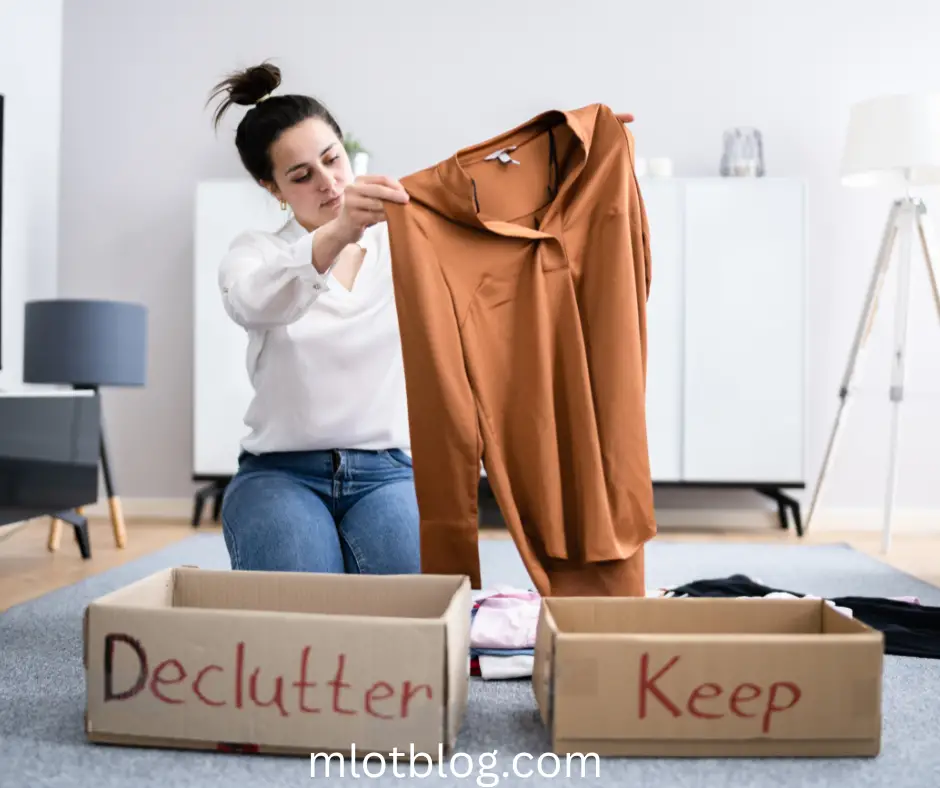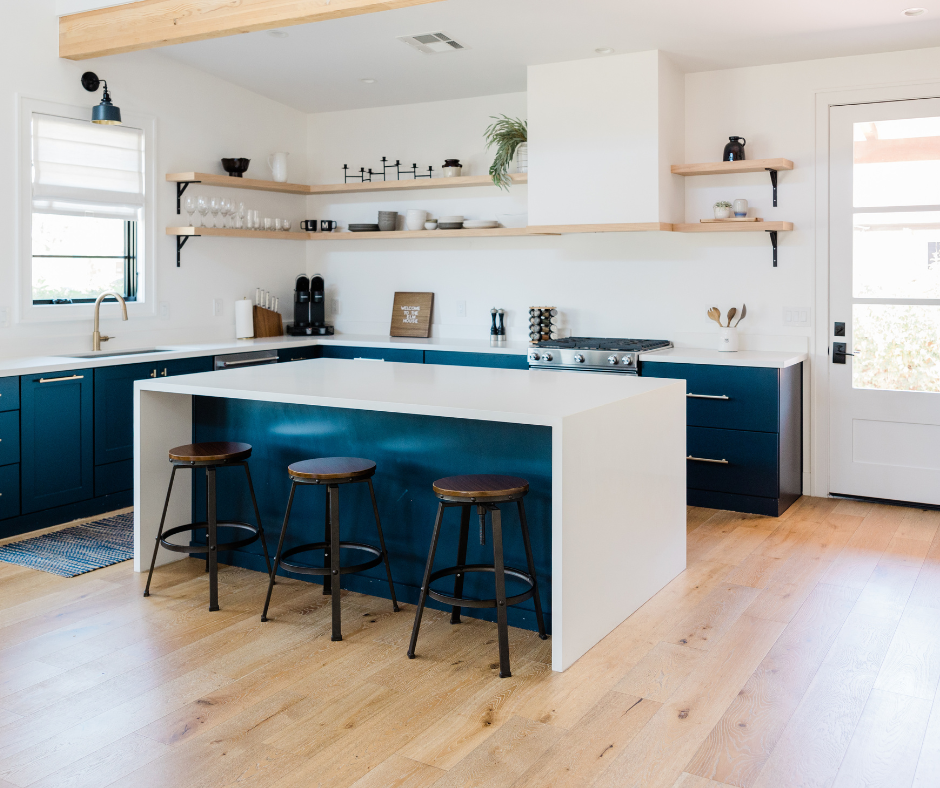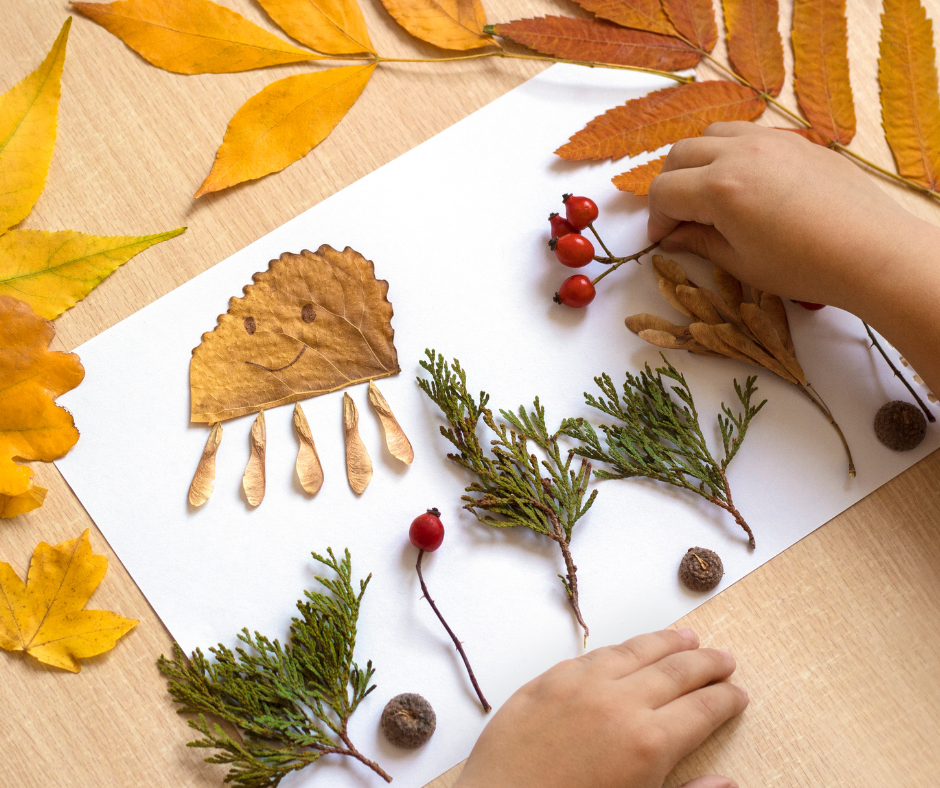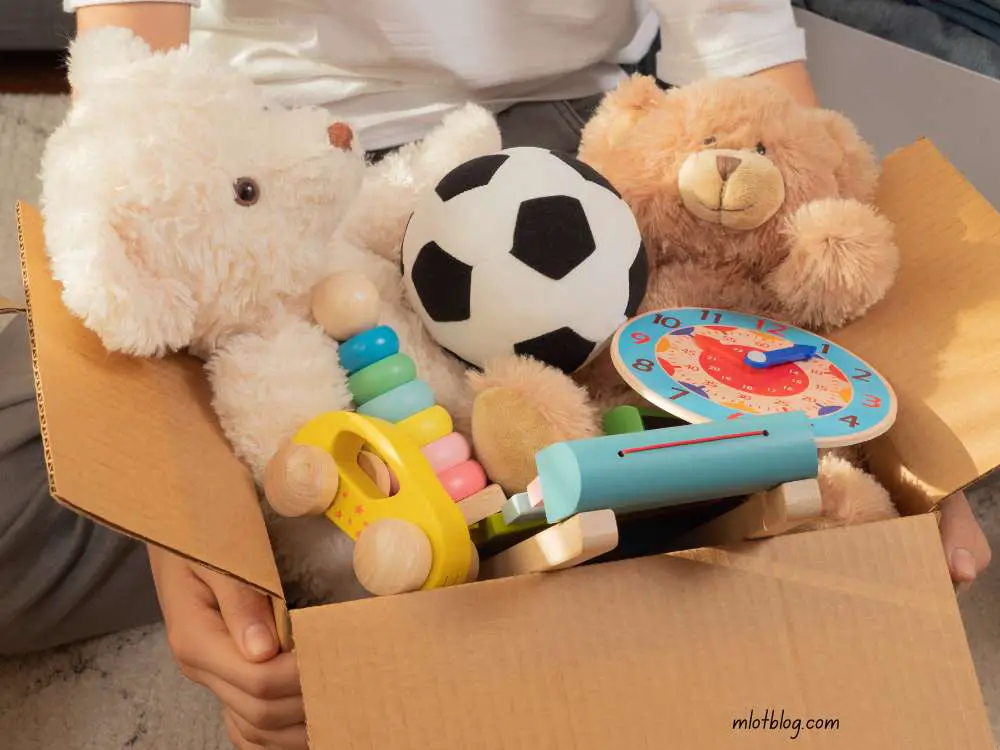
15 Smart Tips to Declutter Toys and Home Space
Have an organized, mess-free home with these tips to declutter toys and home space.
A distant cousin of mine I hadn’t seen in a long while, called my line and told me she recently relocated to my state and would love to visit me, as it’s been a while we saw.
It was a good opportunity to catch up with her, so I cleared my schedule and visited.
I arrived on a Tuesday evening, and when I was well rested, I headed to the kitchen to get ready for supper and unfortunately, I tripped hard over an out-of-place toy car speeding across the kitchen floor. I actually didn’t see it on time.
That moment caused a total meltdown for my cousin and kids. And I understood their worry because it was my first time in their place and I fell.
That night, we didn’t hesitate to start rearranging the entire toys in the house. It was an operation all hands on deck.
We tidied up, sorted out, and got their living room and entire house back in order.
The transformation and orderliness was really amazing.
And from that workout came these 15 smart ideas on how to declutter toys and take back home space that we carried out, a guide for all parents who has ever walked barefoot around the house.
Why Decluttering Toys Is Ideal for Every Parents
Too many toys can feel like visual noise especially when you want an organized and tidy home.
When you clear the clutter, kids play better, and safely.
Also there is;
• Less Clutter, More Calm: A neat room reduces parents’ and children‘s stress and less tripping over something.
• Improved Play: Children play longer and more creatively with fewer toys around.
• Easier Cleaning: It’s faster and easier to clean a room with less stuff than a one with too many.
• Teaches Kids Responsibility: Decluttering together help to develop decision-making and self-control in the minds of the children
• Better Family Flow: A clean home promotes peace, teamwork, and more quality time amongst everyone.
This post shows you smart tips to declutter toys and recover your home space.
Tips to Declutter Toys and Home Space
1. Start with a Toy Inventory Session
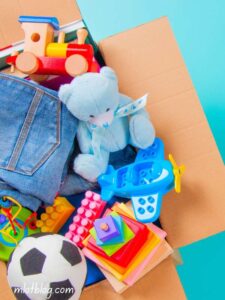
Gather all the toys scattered around the house into one place; it could be a bucket or big container.
You’ll discover replicates, broken pieces, and missing toys in that very instant.
This activity may seem a bit overwhelming, but it gives you and your kids a clearer picture of what you actually have and you then how to go about it.
2. Categorize Toys by Type for Clarity
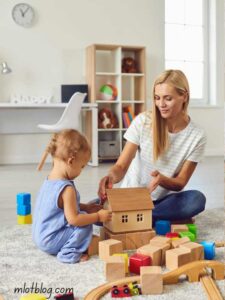
Sort toys into specific groups, like action figures, puzzles, dolls, vehicles, blocks, books etc.
Having a clear idea of how many toys you have in different designs makes it easier to decide what’s useful, what’s special, and what’s just taking up space and should be thrown or given out.
3. Keep a Toy Rotation System
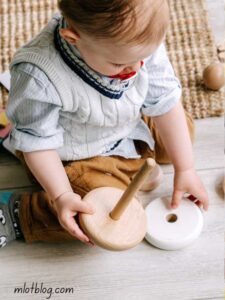
Instead of having all toys out of the bag at all times, try to put some away.
Rotate the toys on display or they play with every other week. This keeps things new for your kids and keeps your space clean all the time.
4. Let Your Kids Lead the Way
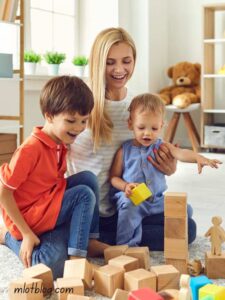
Get the kids involved in every decluttering process. Allow them to their own choices of toys they desire to keep, give away, and what no longer looks fun to them.
This develops trust, sense of responsibility, and makes them clean up even when you’re absent.
5. Put Toys Where They’re Played
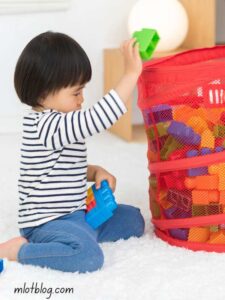
Arrange the toys according to where they belong. Wash toys in the bathroom, art supplies in the kitchen, and pack yard toys in the garage.
Having toys close to play areas reduces clutter and maintains the room in working condition.
6. Use See-Through Storage Bins
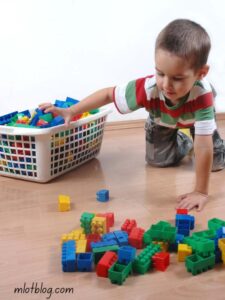
A see-through bins or open baskets enable children to see what’s inside without having to mess things around in search of one toy or the other. It encourages them to play on their own and clean up after themselves.
Use bins with tight lids for the infrequently used items and open bins for frequent play toy.
7. Name Everything with Words and Pictures
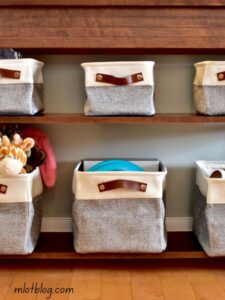
Marking toy storage bins with labels makes cleanup easier. This enables you to know which particular toy goes into which specific storage bin.
Label in words and simple icons or images. This way, even a toddler can easily sort toys into bins when they identify a truck or teddy bear label.
8. Take a “One In, One Out” Approach
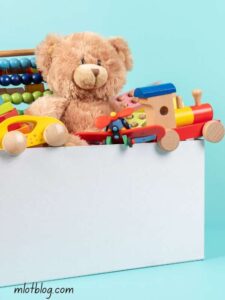
Whenever you purchase a new toy, ask your child to pick one to give out and one to keep. This keeps the amount of toys in check and teaches them the value of giving without regret.
It’s also a great way to aid in reducing post-birthday and holiday toy clutter.
9. Create a Donation Bin in Plain Sight
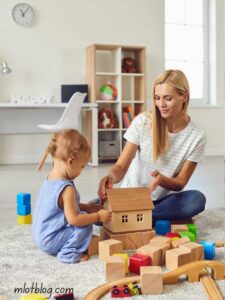
Keep a special “Give” bin in a closet or around your hallway.
Tell your children that this is where toys they’ve outgrown or no longer play with are sent, and in most cases can’t be taken back.
When the bin is full enough, you can choose to take a walk down to a local charity with your child(ren) and have them drop it off themselves.
10. Stack Toys Vertically Wherever Possible
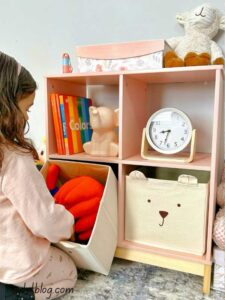
Vertical storage conserves space and keeps favorite toys within reach while freeing up floor space for better home activities.
What you can do is to install wall shelves, bookcases, or over-the-door shelves, then stack up toys in them.
11. Keep a Memory Box for Beloved Toys
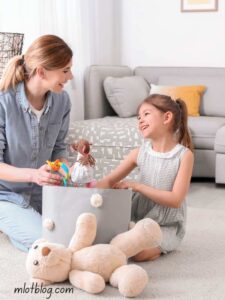
All kids have favorite things, even if they’ve outgrown them.
So, instead of packing them into the toy box, place them in a keepsake box for items like a first teddy bear or a gift a child made himself.
With this, they can always revisit it when there’s a need to bring back old memories, not necessarily to keep playing with them.
12. Get Rid of Big, Bulky Toys

If you have a tight space, try considering donating oversized toys that are rarely used.
Let’s say it doesn’t get daily love and it takes up a corner of the room, it might be the perfect time to lease them out without looking back.
13. Avoid Giant Toy Baskets
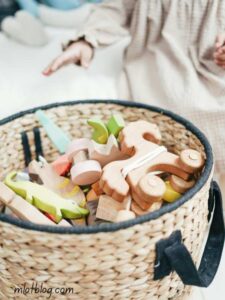
Large baskets tend to become dumping grounds where everything gets buried. Smaller, categorized bins make it a lot easier for kids to find and clean up toys after use without feeling overwhelmed.
14. Beware of “Toy Creep”
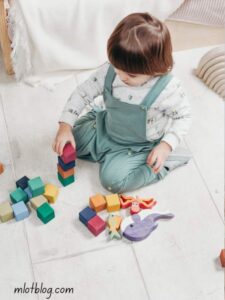
Toys seem to make their way into every part of the house, I don’t know how this happens, but it’s real.
Take a regular walk through of your home and re-arrange toys to where they truly belong.
Encourage your children to do the same too, it can be each night, add it to your nightly routine to keep them more organized and accountable.
15. Applaud Decluttering Triumph
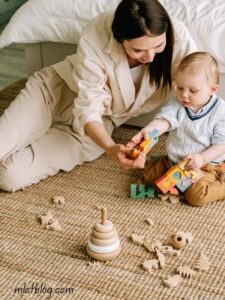
This cannot be over emphasis especially when you have younger kids.
When your child releases toys, compliment their efforts. Encourage them to do more and be better.
Reward them by planning and enjoying a wonderful family activity or setting up a new toy area with toys they enjoy.
This promotes the good habit of release anytime there’s a need to.
How to Get Kids Involved Without Drama
Getting kids to help out doesn’t have to start and end in tears or power struggles.
In fact, when you invite them into the process with patience and the right approach, it can actually become a bonding moment especially if you barely around to spend quality time with them
The idea should be to make them feel like they’re part of the decision, not the problem. So, instead of telling them, “We’re throwing out your toys,” try asking, “Which ones do you still love?” This takes away the tone from loss to having them in mind and considering their choice.
Also, make decluttering feel like a fun game: set a timer and see how many toys they can sort before the bell.
Or give them a box like a keep, donate, and store away with stickers to decorate. You can even make up fun characters, like a Toy Scout, who’s on a mission to find neglected toys a new home.
If you’re looking for tips to declutter toys and home space that actually work, getting your child involved, gently and creatively, is one of the smartest moves you can make.
It teaches responsibility without resentment and turns tidying into teamwork instead of tension.
Key Considerations
• Be Firm but Flexible: Your children will have to keep everything in the start. Quietly set limits and establish your reasons to why you’re doing what you’re doing and why it should be continued.
• Get Your Partner Involved: Decluttering succeeds when both parents are fully involved. Work together and divide the tasks accordingly to avoid burning out.
• Select Growing Storage: Make an investment in storage bins that can evolve with your child’s age. A toy little bin today may eventually be a book storage tomorrow. Try thinking long term.
• Establish “quiet toy zones: Store loud or flashy toys separately.
• Don’t Keep Multiples: Three fire trucks? Eight dolls? Choose the best few and give away the rest to friends or charity.
These ideas to declutter toys and regain home space will help you on the path to a more serene, cleaner home, one that encourages play, togetherness, and an unbothered mind.
It isn’t about having no toys, just the right ones, in the right place, at the right time.
Small steps can lead to big changes. Start today, you’ve got this!
FAQs
- How often should we declutter toys?
Every 3 to 6 months is okay. Right before birthdays and holidays are perfect times.
- What do we do with unused toys?
Try donating to schools, shelters, or churches. Make sure items are clean and have all their parts intact.
- My child refuses to let go of toys, how do i o about it?
Start small first. Focus more on broken or unused items, then gradually take and give your child time to adjust.
- Should I declutter when my child is asleep?
It’s advisable for just the younger kids, but older children should be involved to build trust and awareness.
- How do I stop family and friends from giving too many toys?
Kindly suggest alternatives like books, clothing, or experience gifts (like zoo).
- What’s the best way to store toys long-term? Use labeled, airtight bins in a closet or attic. Rotate them every 1-2 months to keep them fresh.
